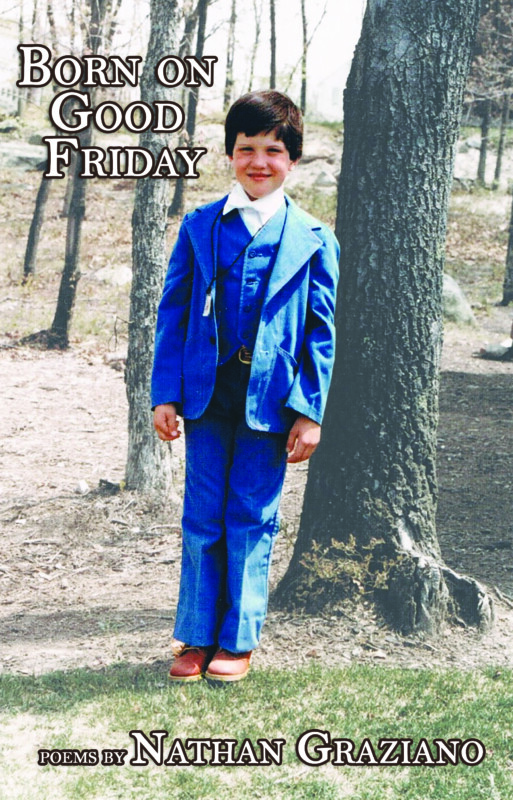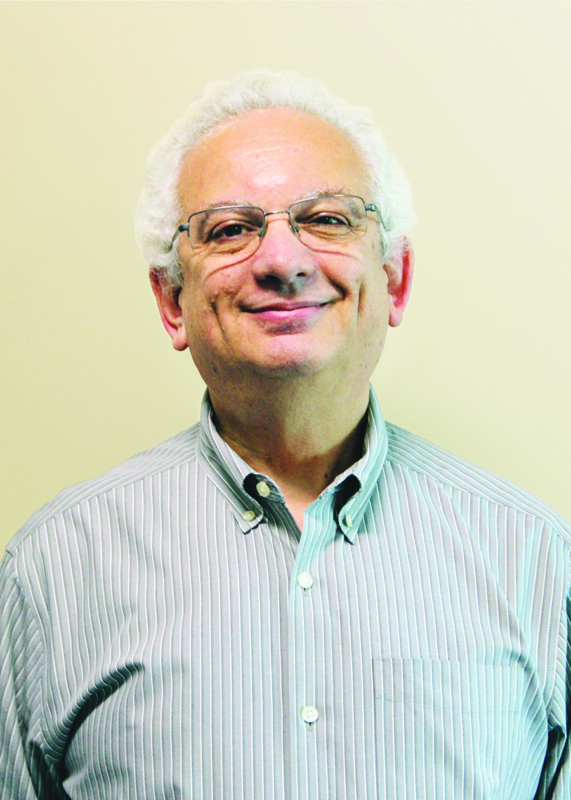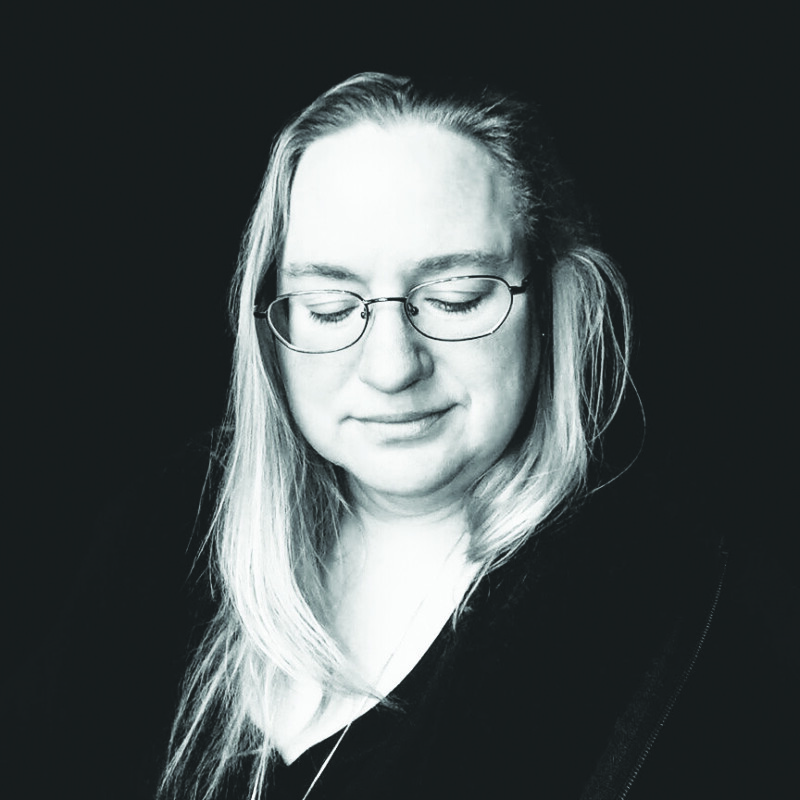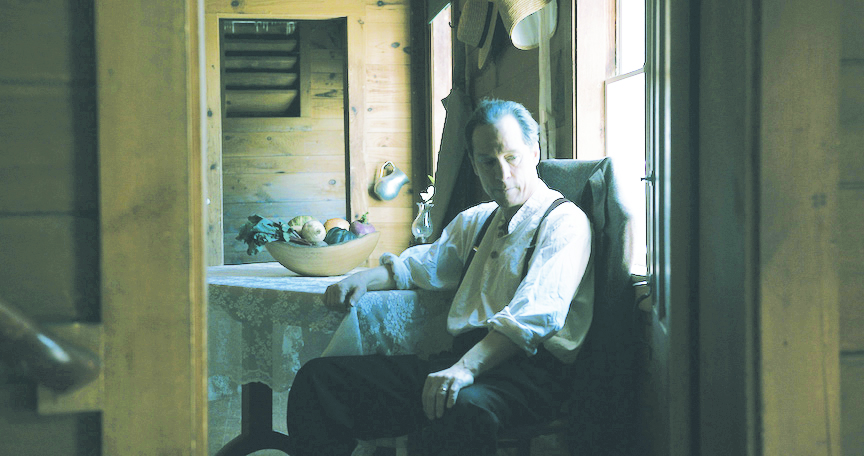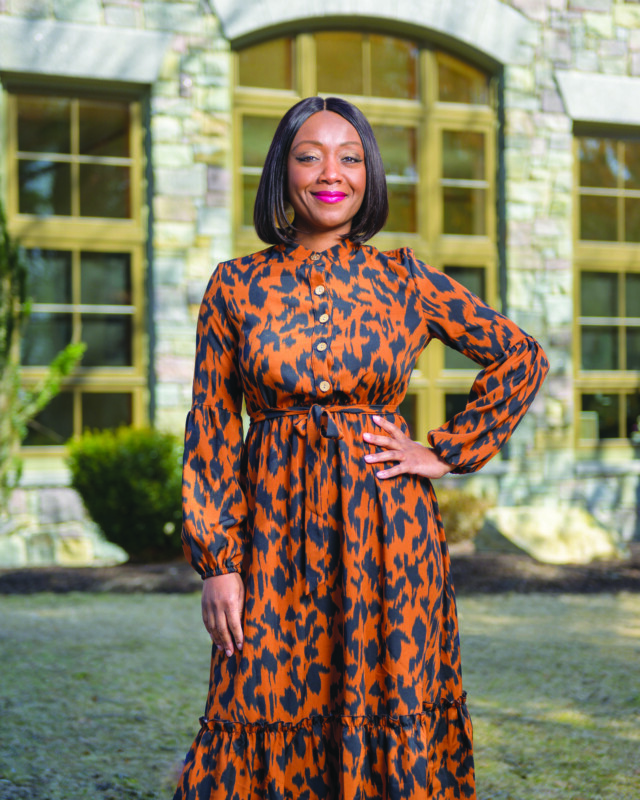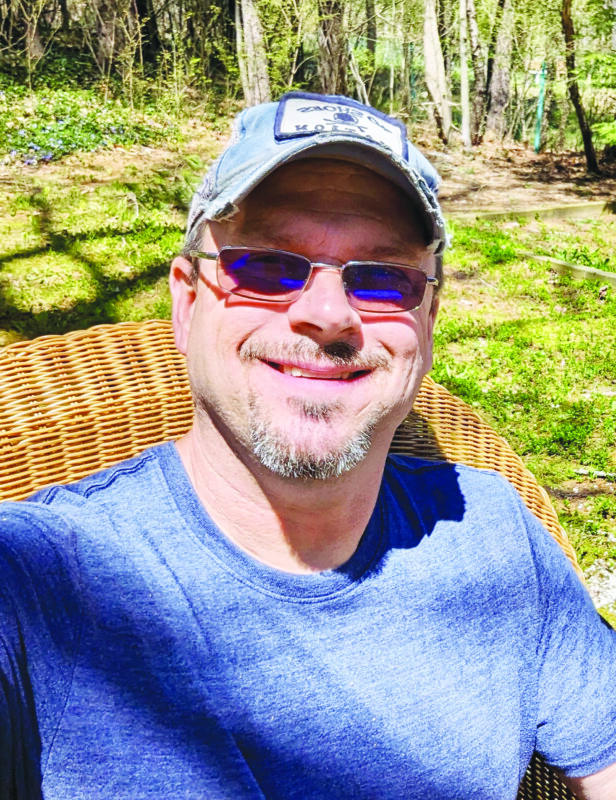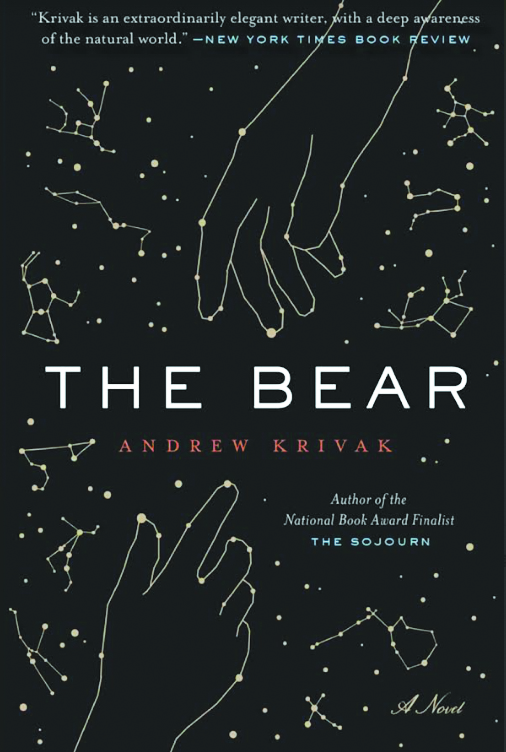Nathan Graziano talks about his latest project
Manchester author Nathan Graziano discusses his new collection of poetry, Born on Good Friday.
Tell us about Born on Good Friday.
I was actually born at exactly three o’clock on Good Friday in 1975, and in the Bible three o’clock was supposedly the time that Christ died. I was raised in a fairly strict Catholic household. My mother is a very devout Catholic. Because of that, I’ve always had a number of issues with guilt and anxiety and all those good things that come with being brought up a good Catholic boy. So part of the collection is actually dealing with a lot of the hang-ups that I experienced from growing up with Catholicism. Then it sort of moves into a second section which really deals with confronting guilt, confronting sin, and then the third part of it is my midlife crises, my whole dancing-in-the-dark moment. It really moves throughout my life. I don’t know if I should say it’s autobiographical, but it’s autobiographical.
This is the first book of poetry you’ve published in almost a decade. What made you return to it after such a long hiatus?
It’s been a long time coming for me. Earlier in my writing career, I published more poetry than I do now. … Poetry is a labor of love for me. I don’t just sit down and think, ‘I’m going to write some poetry.’ It’s one of those things that compels you, that calls you, when everything bottles up; it’s an emotional catharsis for me.
How did you capture some of these emotions and memories into the written verse?
These emotions, these memories, are indelible; they’ve been with me my entire life, so it really wasn’t all that difficult to recall those. For me, a poem hinges and moves on emotions. So even if it’s something that I experienced or felt when I was 14 years old, you still experience it, feel those same things as an adult; you just see it through a different lens.
While reflecting on your childhood through an adult lens, did you uncover any surprising revelations or insights?
That’s the real joy in writing; it always surprises you. Sometimes what’s there is every bit as shocking to you as it is to the reader.
How would you describe your poetry style?
My poetry is not … lyrical. It’s very much plain spoken. … I think poetry [has been taken] from layman readers and made into something so arcane and difficult to understand that most people start reading a poem and end up banging their head against the wall, like, ‘Why don’t you just say what you mean?!’ My aesthetic is the type of poem that you don’t need an advanced degree in literature to understand.
What would you like readers to take away from this collection of poetry?
I’m very well aware that poetry is a hard sell. You can’t write a poem or a book of poems thinking it’s going to make you famous. … But I’m really hoping that with the plain spoken approach and the humor, that maybe people who wouldn’t generally consider looking at a poetry book might take a swing at this one. … In my definition of it, a poem makes you feel something; it probes at a type of emotional truth that you can expand on however you like. … My goal with any book has always been to just make the reader feel a little less alone in the world … and to see themselves and their own experiences through what I’m writing. With this one, I hope they laugh. I do not take myself overly seriously. There’s a lot of humor in the book. Some of it is certainly on the darker side. Ultimately, I just want the reader to enjoy the experience of reading it, to make connections and to laugh.

